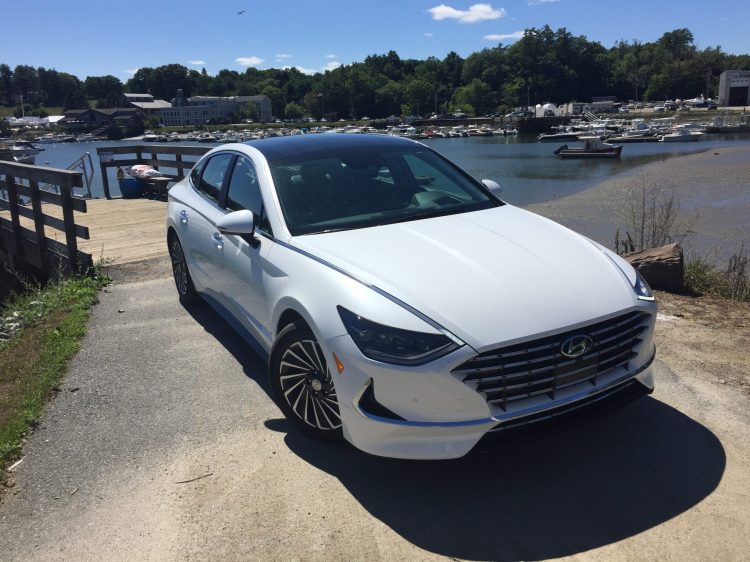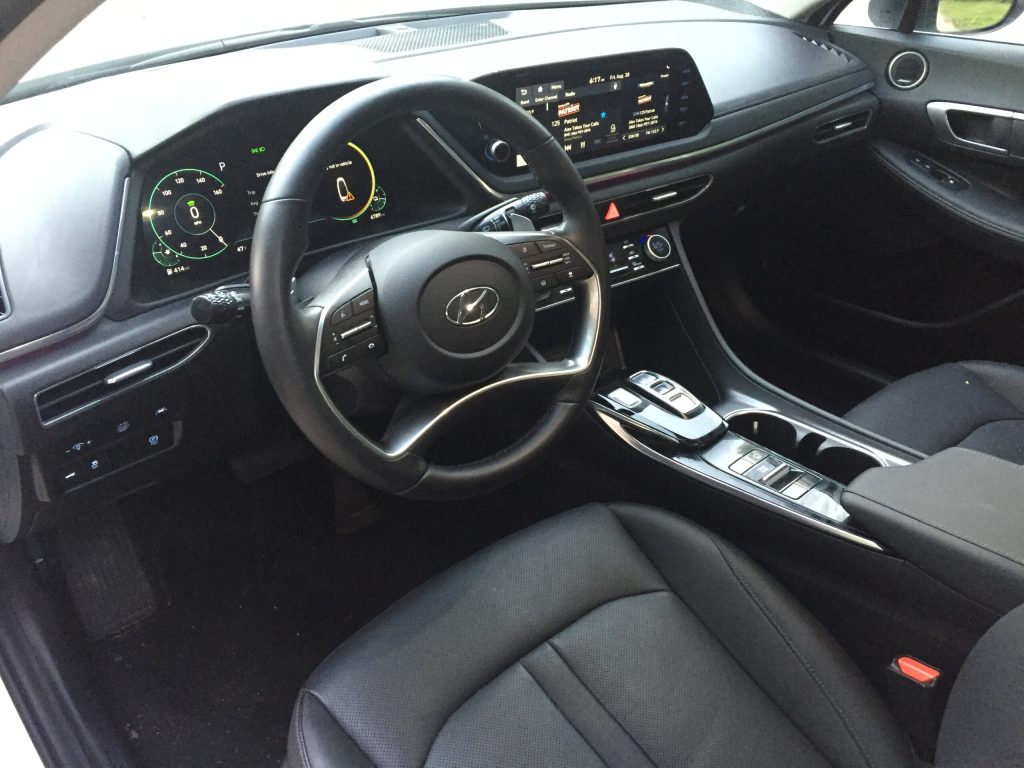According to the U.S. Fuels Institute’s latest transportation report, it will take decades for all of the latest technology to migrate into our driving fleet. That means that electric vehicles, autonomous vehicles, and even the out-pouring of current electronic driving aids are still far, far away for many consumers as the average U.S. car is 12 years old.
The good news is that over the last 15 years, fuel economy for our consumer fleet has increased 35% while carbon dioxide emissions have declined more than 20%—despite annual increases in the size of the driving fleet, as well as the miles driven. The venerable internal combustion engine (ICE) still has room for more improvements, as the latest computer chips have helped engineers make giant strides forward.
Enter Hyundai, and its plan to hybridize vast portions of its future products as a mix of products will be essential to meet driver needs, regulations, and consumer’s budgets. Some will be sold under the Ioniq label, denoting the brand’s hybrid emphasis. First up, this week’s new Sonata Hybrid sedan, in top Limited trim.
Redesigned for 2020, the latest Sonata returns to the more aggressive front and rear fascia’s of a previous design. Swoopy flanks, a drop-down front, plus a racy-looking rear end (with air foils built into the taillights) creates visual excitement that was missing from last year’s Sonata.
Slightly larger than Camry/Accord, the Sonata now comes with free maintenance for three years/36,000 miles (as well as the usual 100,000 mile powertrain warranty—hybrid too). The big news is three versions of the hybrid powertrain, plus, the pending arrival of the Sonata N. ‘N’ is Hyundai’s sporty designation for its mainstream models, so a Sonata N will be quite interesting.
The Sonata hybrid comes in three models. ‘Blue’ is a base hybrid sedan offering starting at $27,750—about $3,500 more than a Plain Jane Sonata. Next up is the SEL Hybrid, $29,900, adding content all along the way, while the top Limited, with its innovative solar-panel roof, starts at $35,300. The slick dual-panel roof (no sunroof, obviously) adds just 2 miles of electric only range, however, it does help keep the standard car battery, plus the lithium-ion hybrid battery, charged.
Mated to a 2.0 liter. inline four-cylinder, and paired with a conventional 6-speed automatic transmission powering the front wheels, the 192 horsepower hybrid powertrain delivers smooth, responsive power via four selectable drive modes, including a sport setting that actually jazzes up overall acceleration. EPA mileage estimates are 45/51 mpg with an average of 47 mpg. The more basic (and lighter) Blue edition earns EPA ratings of 50/54/52 mpg.
A single day run of 441 miles from Downeast Maine to New Hampshire and back, over winding rural roads as well as the super-slab, passing and being passed, produced a stellar 48 mpg. That is over 600 miles per tank of fuel, in a comfortable cabin with real world economy.
Likes include the supple ride, the smooth flow of power from the powertrain, the heated and cooled leather seating, the heated steering wheel, and the excellent visibility provided by the dual lane watch cameras as well as the surround-view camera system. If you hit something moving about in the Sonata, you shouldn’t be driving.
Electronic driving aids include lane-assist. When employed with the Smart Cruise dynamic cruise system, the car will safely operate for miles, hands-free, as long as you touch the steering wheel when the sensor sounds its alarm. Limited trim also includes hands-free trunk access, 12.3 inch instrument display, plus a 10.25 inch touchscreen.
Dislikes are annoyances, and resistance to the continuous march for automating functions that shouldn’t. No seatbelt latched, the car won’t move. Every time you engage Park in the push-button console shifter panel, the electric parking brake also engages. The huge touchscreen has a volume knob, but no tuning knob for audio choices, and the XM reception was woeful whenever traveling north/south on rural roads. The co-pilot loved her heated and cooled passenger seat, but lamented the omission of any height adjustments.
Hyundai has an aggressive product strategy that will capitalize on numerous recent improvements across the board. From the hot-selling Palisade SUV, to the sleek new Tucson hybrid crossover coming, to this week’s refined Sonata, Hyundai is rapidly filling the product gaps created by FCA, GM, and Ford’s model cancellations.
Copy the Story LinkSend questions/comments to the editors.





Success. Please wait for the page to reload. If the page does not reload within 5 seconds, please refresh the page.
Enter your email and password to access comments.
Hi, to comment on stories you must . This profile is in addition to your subscription and website login.
Already have a commenting profile? .
Invalid username/password.
Please check your email to confirm and complete your registration.
Only subscribers are eligible to post comments. Please subscribe or login first for digital access. Here’s why.
Use the form below to reset your password. When you've submitted your account email, we will send an email with a reset code.